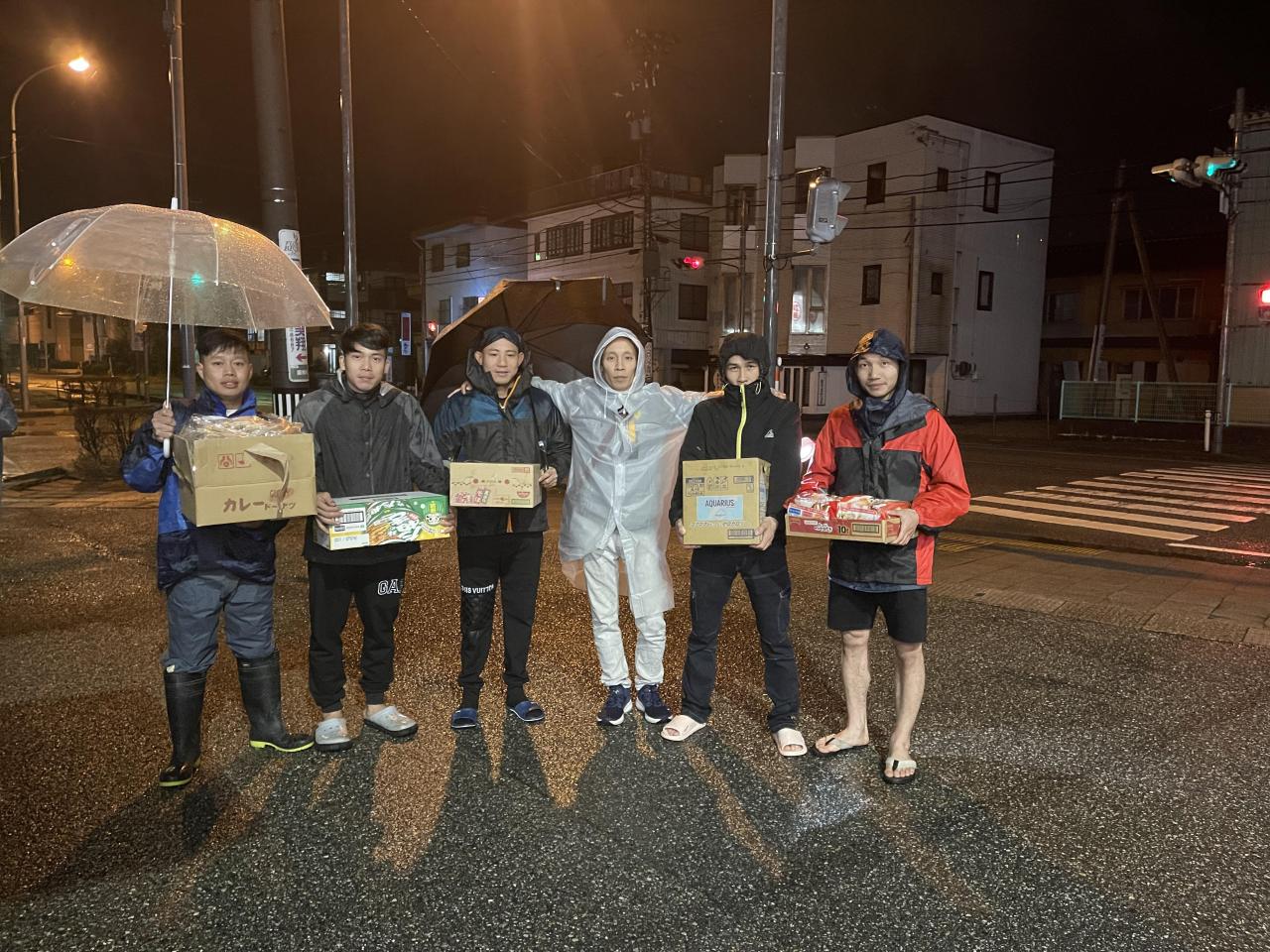 NDO - As a food store owner and trainee manager in Sabae city, Fukui prefecture, Japan, for nearly 10 days, Nguyen Chi Thanh Duoc and many other Vietnamese people have bought food and drinks themselves, then driven to make relief trips for earthquake victims.
NDO - As a food store owner and trainee manager in Sabae city, Fukui prefecture, Japan, for nearly 10 days, Nguyen Chi Thanh Duoc and many other Vietnamese people have bought food and drinks themselves, then driven to make relief trips for earthquake victims.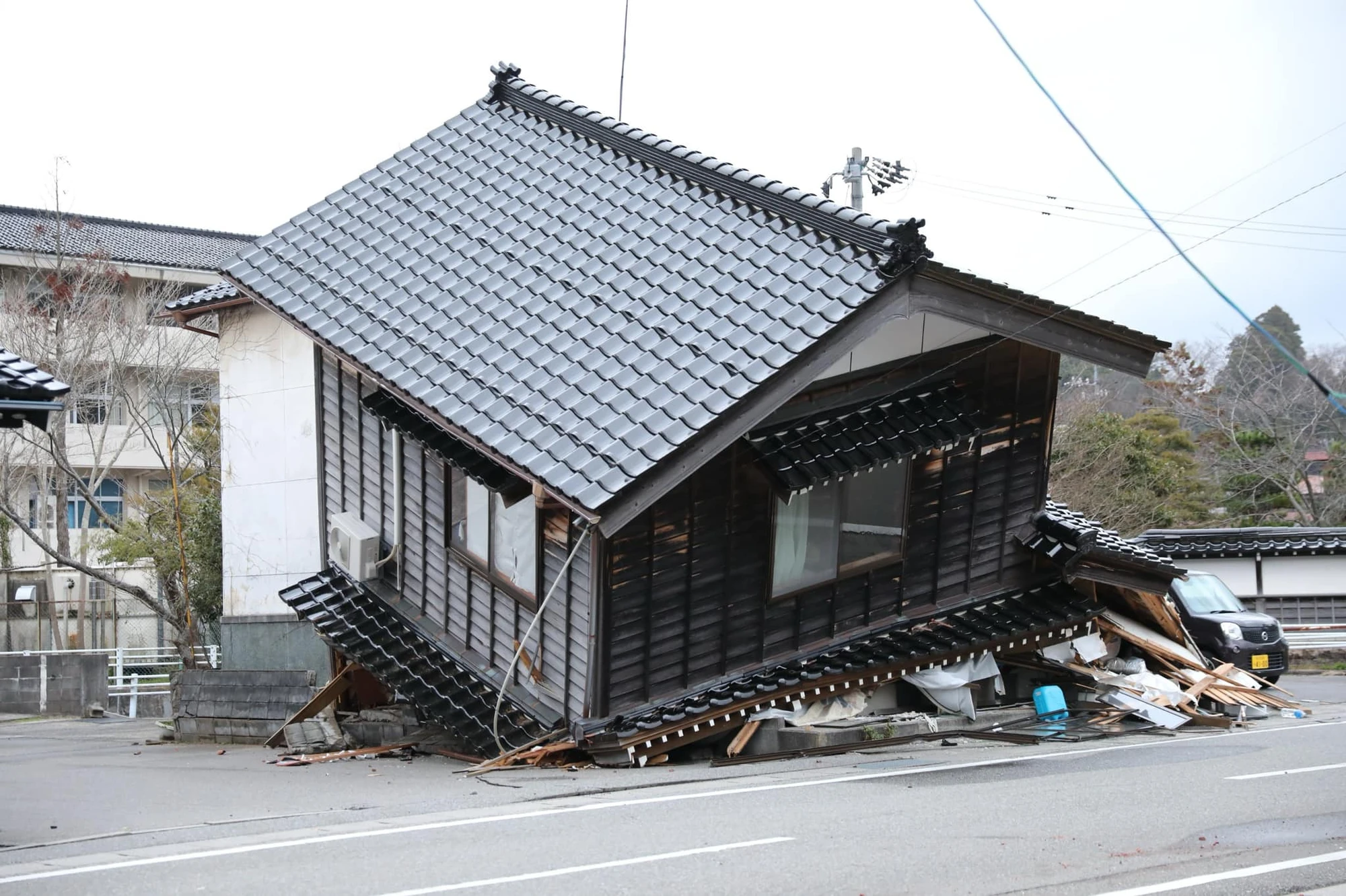 |
The earthquake in Ishikawa caused many buildings to collapse. (Photo: Thanh Duoc)
"At this time, many Vietnamese trainees from dangerous areas also called for help from the community. Many workers had even lost contact with their relatives. Having worked as a trainee manager for many years, I decided to find a way to support them," Thanh Duoc said. Two days after the disaster, Duoc and a few friends drove to a supermarket near their home. Bringing about 100 million VND (converted from Yen), they bought 3 20-liter water barrels each according to regulations, and collected more ramen, udon noodles, lunch boxes, disposable chopsticks and "everything possible". Loading 3 cars with "goods", the group started heading to the Wakura Onsen area, where 10 Vietnamese female trainees were evacuating, to begin their first relief trip.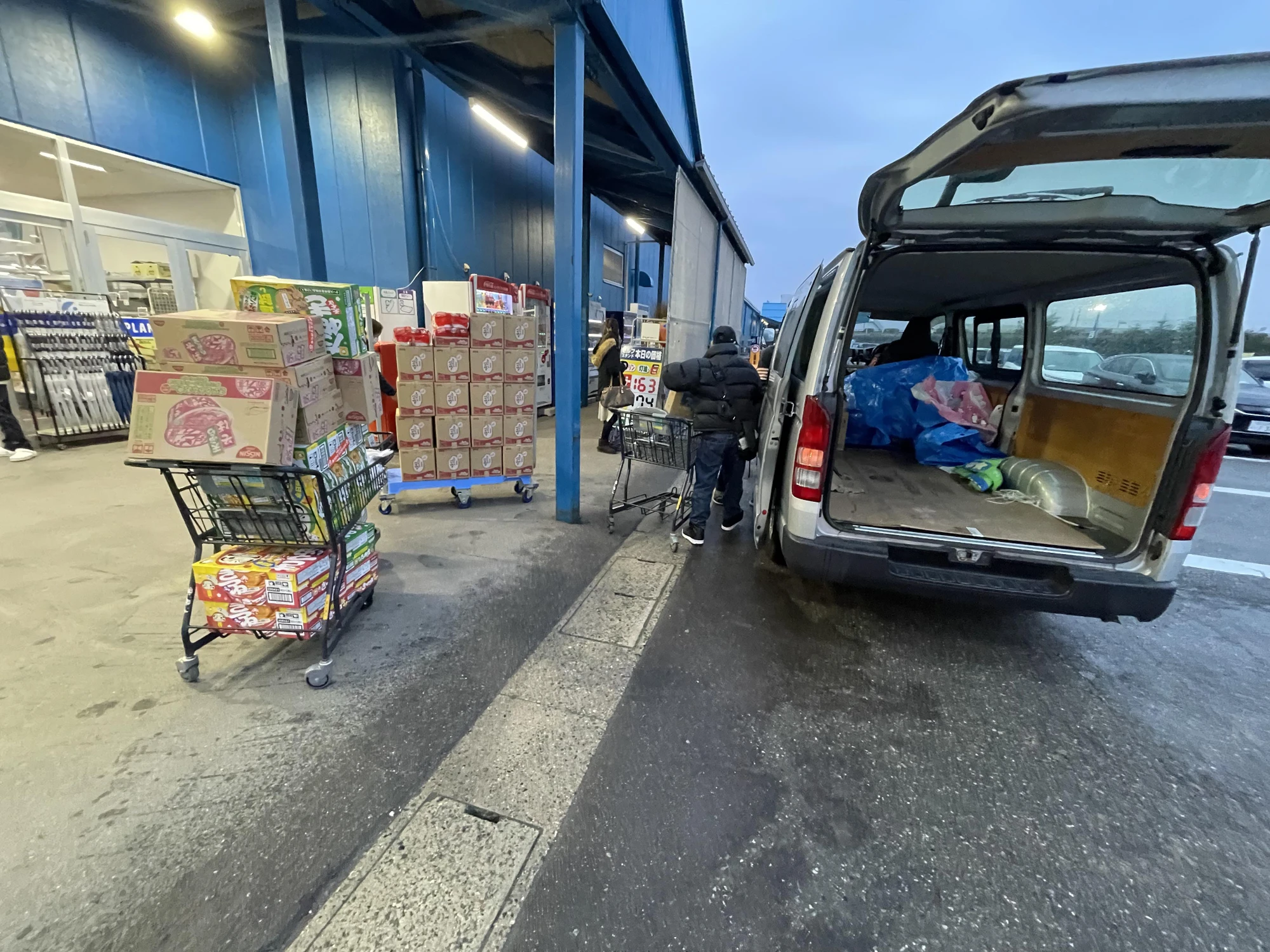 |
On the first relief trip, Mr. Duoc's group bought "everything they could" at the supermarket near their home...
As of January 3, almost no Vietnamese from outside had been able to reach the scene. Duoc's group "walked and groped" because the roads were constantly blocked. "It was very difficult. The earthquake caused many highways to crack and collapse, with cliffs on one side and long ravines on the other. When reaching bad roads, we had to slow down to less than 20km/h," Duoc recounted, adding that it was common for cars to suddenly fall into potholes or get stuck while driving. At nearly 7 p.m. (local time), the group approached the epicenter. On both sides, houses collapsed and tilted. Leaving the car behind, the group walked deeper inside and met the first group of Vietnamese people who were temporarily staying there. Each relief item was handed out with almost overwhelming emotions.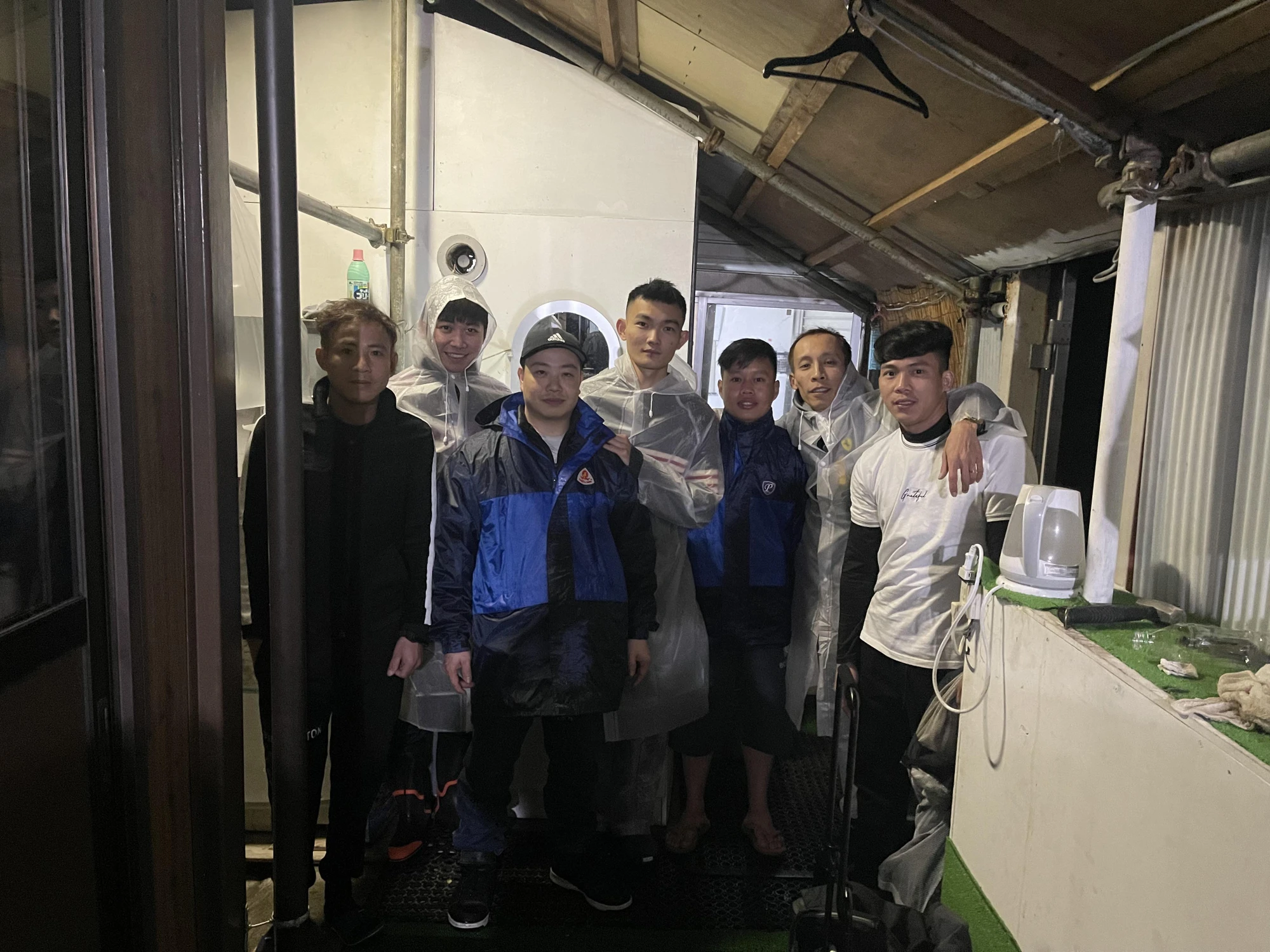 |
Images from the first relief trip to Wakaru Onsen on the night of January 3 by Thanh Duoc's group.
"That day, after finishing the first trip, it was almost 4 a.m., after 6 hours of finding my way, I was able to return to my business to rest. The shaking happened continuously throughout the journey, and the ambulance sirens were constantly wailing all around," Duoc recalled. In the following days, Duoc and the group continued to drive hundreds of kilometers carrying necessities to Vietnamese people evacuating in different areas of Nanao. He also called for the community's cooperation on his personal Facebook page, stating that the group would only accept gifts, not cash, to ensure transparency. Through this channel, many tons of goods from all over were delivered, carrying the hearts and spirit of caring of overseas Vietnamese. JOURNEY TO FIND 7 FEMALE TRAINEES WHO LOST CONTACT IN WAJIMA "Looking for my sister NTL, born in 1981, who has lost contact. Anyone who is in the shelter or has met her, can you please let me know? My family is very worried right now, I only know that she is working in Ishikawa province, I hope everyone can help me". That is the content of a news thread looking for people that appeared continuously on Vietnamese groups and associations in Japan after the earthquake on January 1. At this time, relatives of the 7 female trainees in Wajima town were completely unable to contact them and did not know what had happened to their children. They were all garment trainees who had just arrived in Japan and had not yet registered for a phone SIM card to contact them. Early in the afternoon of January 5, I heard the story and started asking for help from my connections to find detailed information. Believing that the girls might still be stuck in town, at 4am that same day, Duoc's group started to get in the car and leave from Komatsu. At this time, Wajima was still a dangerous area, very difficult to access as a series of tremors still appeared frequently.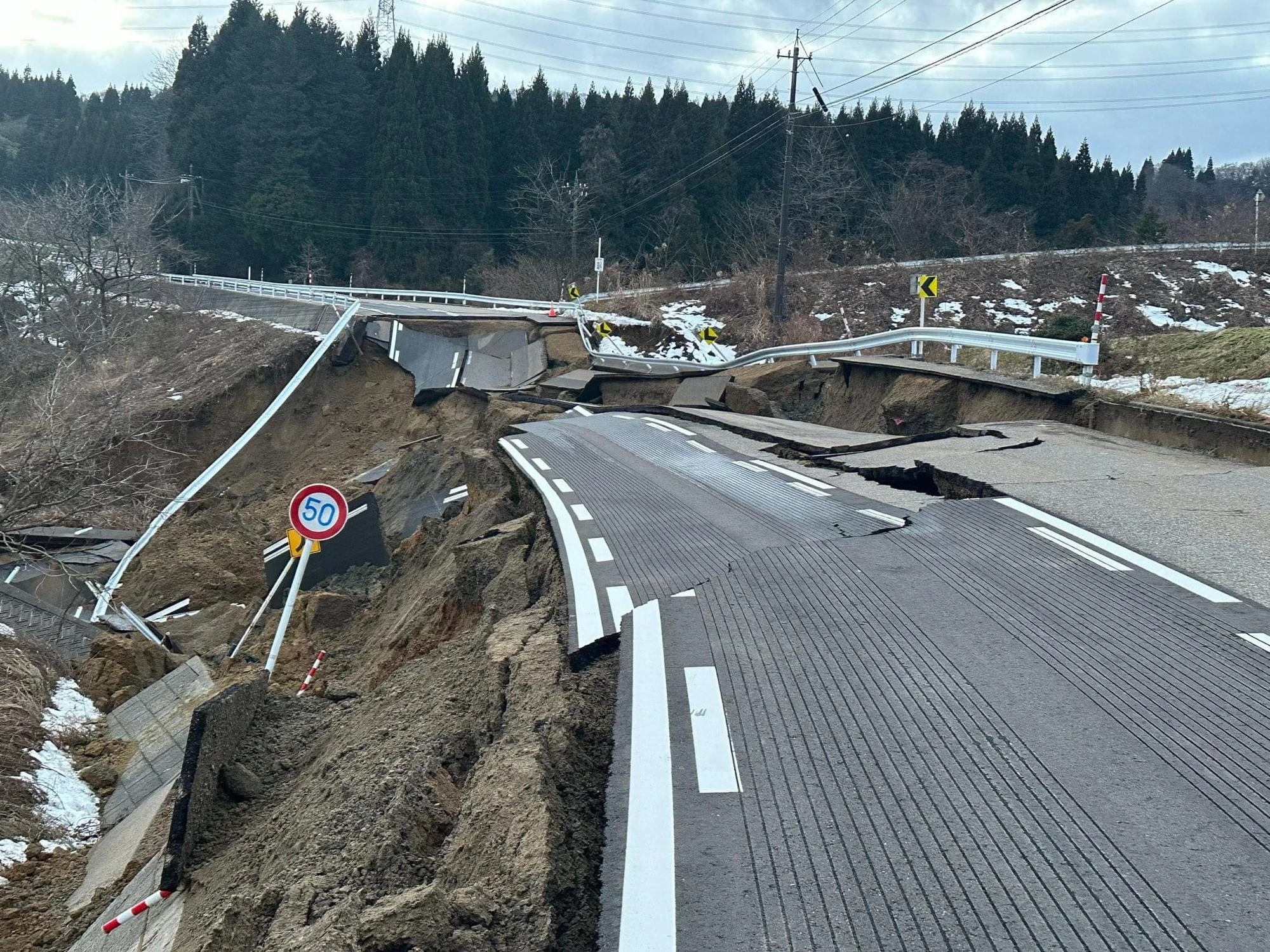 |
Traveling in Ishikawa is very difficult as the roads were severely damaged after the earthquake.
Compared to previous trips, the road was even more difficult. Cracks appeared more and more. Houses were in ruins, broken cars were abandoned along the roads. Occasionally, the group got lost or had to stop according to the instructions of Japanese authorities. In addition, the phone signal was constantly lost, making it almost impossible to contact and determine information about the 7 trainees. "Every time we had a signal, we called each shelter center in Wajima to ask for information. Fortunately, in the afternoon of the same day, a local community house manager confirmed that there was a group of 7 Vietnamese people taking temporary shelter. At this point, the whole group became more determined and continued the journey," said Mr. Duoc. |
The road leading to a relief point organized by Mr. Duoc. In the distance, the road was cracked and there was a sign prohibiting entry.
At around 6pm that same day, after a 12-hour journey, Duoc and his friends arrived at their destination. In front of the group was a rather old but intact 3-storey building. The electricity had been cut off, leaving only the rumbling sound of the generator around. Going up to the 2nd floor, pushing the door open and entering, Duoc saw a few people and asked: "Are there any Vietnamese brothers and sisters here?" Immediately, the 3 girls who were sitting huddled together by the small fireplace stood up and burst into tears. They ran over and hugged their fellow countrymen. On the opposite side, Duoc also had tears in his eyes. He said it had been a long time, about 4-5 years, since he had cried like this. "It seemed that, in that moment, both us and the interns felt hope," he recounted.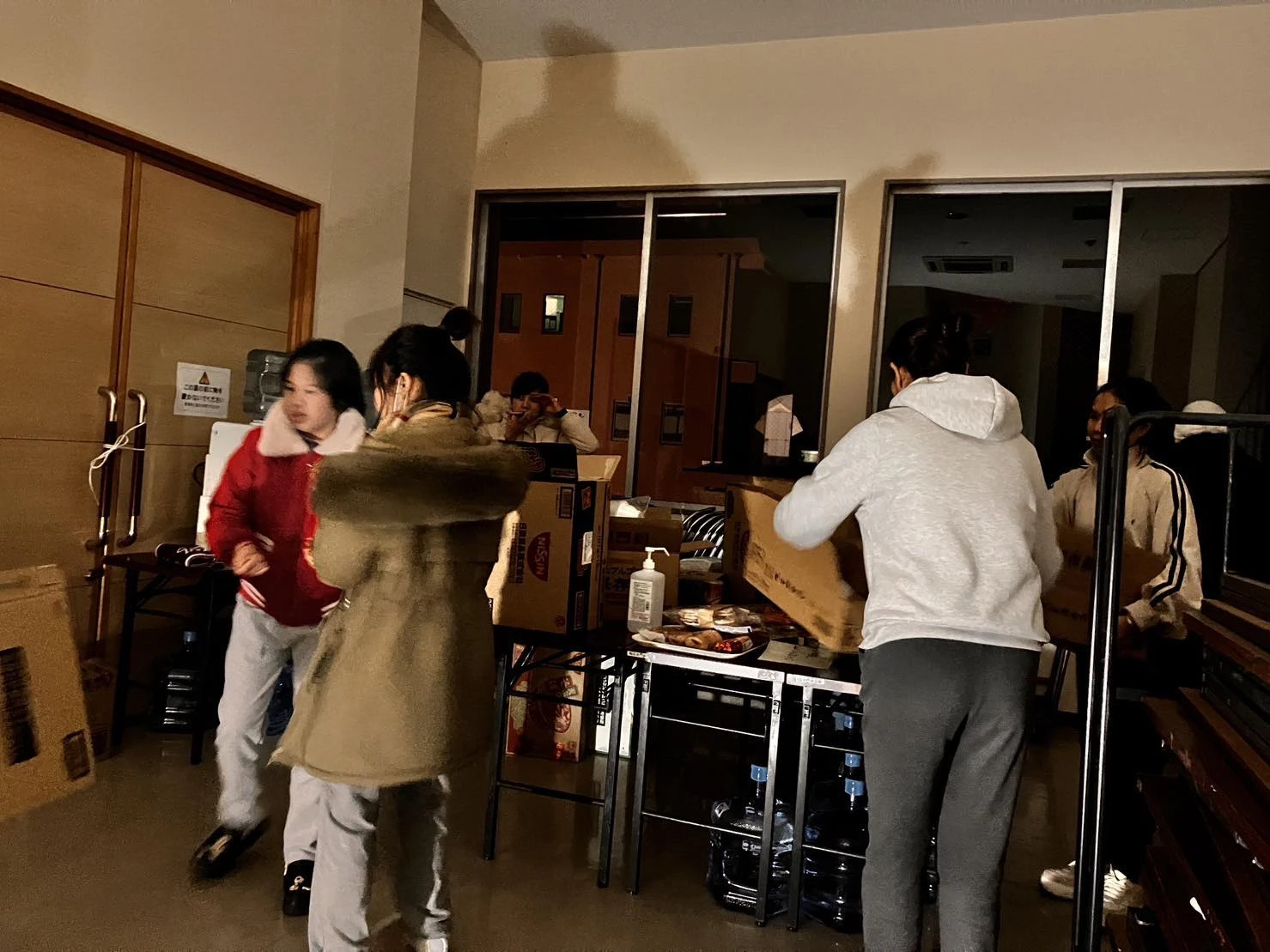 |
Three of the seven Vietnamese female trainees who lost contact were rescued by a rescue team in Wajama town on January 5.
Duoc's group was also the first Vietnamese to approach and find the 7 workers who had lost contact in Wajima 6 days after the disaster. They immediately gave them gifts and used the Internet to send them safe news back home after nearly a week of no connection... Phuong Hien, one of the 7 female interns, shared: They were very panicked when the incident happened. After running to the town's community house for refuge, in the first days, they had to share the food they brought from Vietnam. Without bowls and chopsticks, the 7 of them cooked instant noodles in a pot and... picked up each piece to put in their mouths. The group also had to go back to the collapsed house to get blankets, pillows, and necessary items to fight the cold of winter. By noon on January 7, the group of 7 Vietnamese people trapped at the epicenter of Wajima had been brought to safety by the rescue team.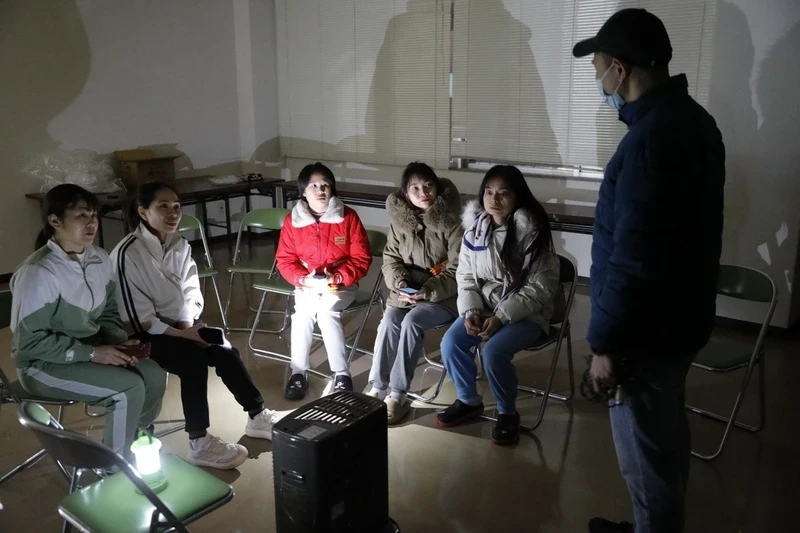 |
Vietnamese female trainees sit around a fireplace in a community house after the earthquake. (Photo: VNA)
Expressing her feelings, Phuong Hien said: "We, a group of 7 Vietnamese people stuck in Ishikawa, are very touched that you guys were afraid of danger to come and help. On behalf of all Vietnamese people in the earthquake area, I sincerely thank you." Talking to a reporter from Nhan Dan Newspaper, Nguyen Chi Thanh Duoc expressed his surprise and joy when appearing on Japan's NHK television news. Talking about his relief journey over the past 10 days, Thanh Duoc shared: He just wanted to help people in difficulty in the spirit of mutual love and support. He hopes that the victims will soon stabilize their spirits to return to normal life.Nhandan.vn
Source link

![[Photo] Prime Minister Pham Minh Chinh meets with King Philippe of Belgium](https://vstatic.vietnam.vn/vietnam/resource/IMAGE/2025/4/1/be2f9ad3b17843b9b8f8dee6f2d227e7)
![[Photo] General Secretary To Lam receives King Philippe of Belgium](https://vstatic.vietnam.vn/vietnam/resource/IMAGE/2025/4/1/e5963137a0c9428dabb93bdb34b86d7c)


![[Photo] Close-up of Vietnam's sniffer dog team searching for earthquake victims in Myanmar](https://vstatic.vietnam.vn/vietnam/resource/IMAGE/2025/4/1/d4949a0510ba40af93a15359b5450df2)
![[Photo] President Luong Cuong and King Philippe of Belgium visit Thang Long Imperial Citadel](https://vstatic.vietnam.vn/vietnam/resource/IMAGE/2025/4/1/cb080a6652f84a1291edc3d2ee50f631)


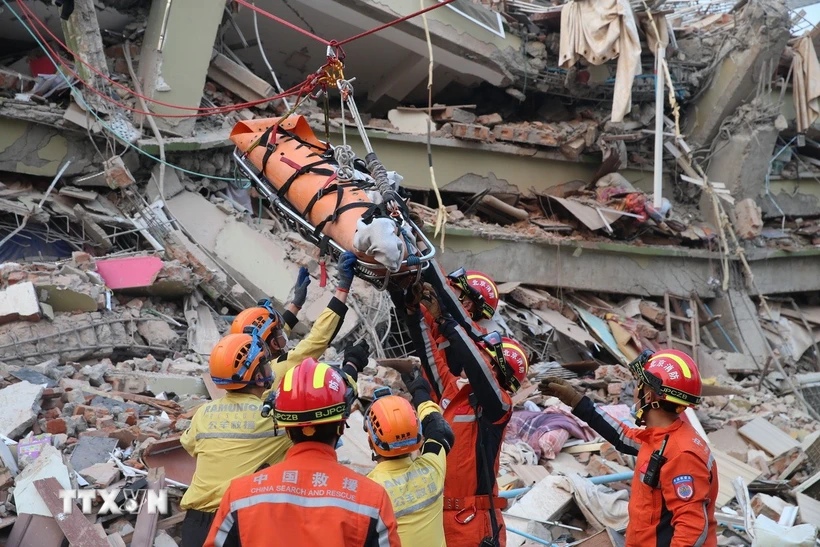

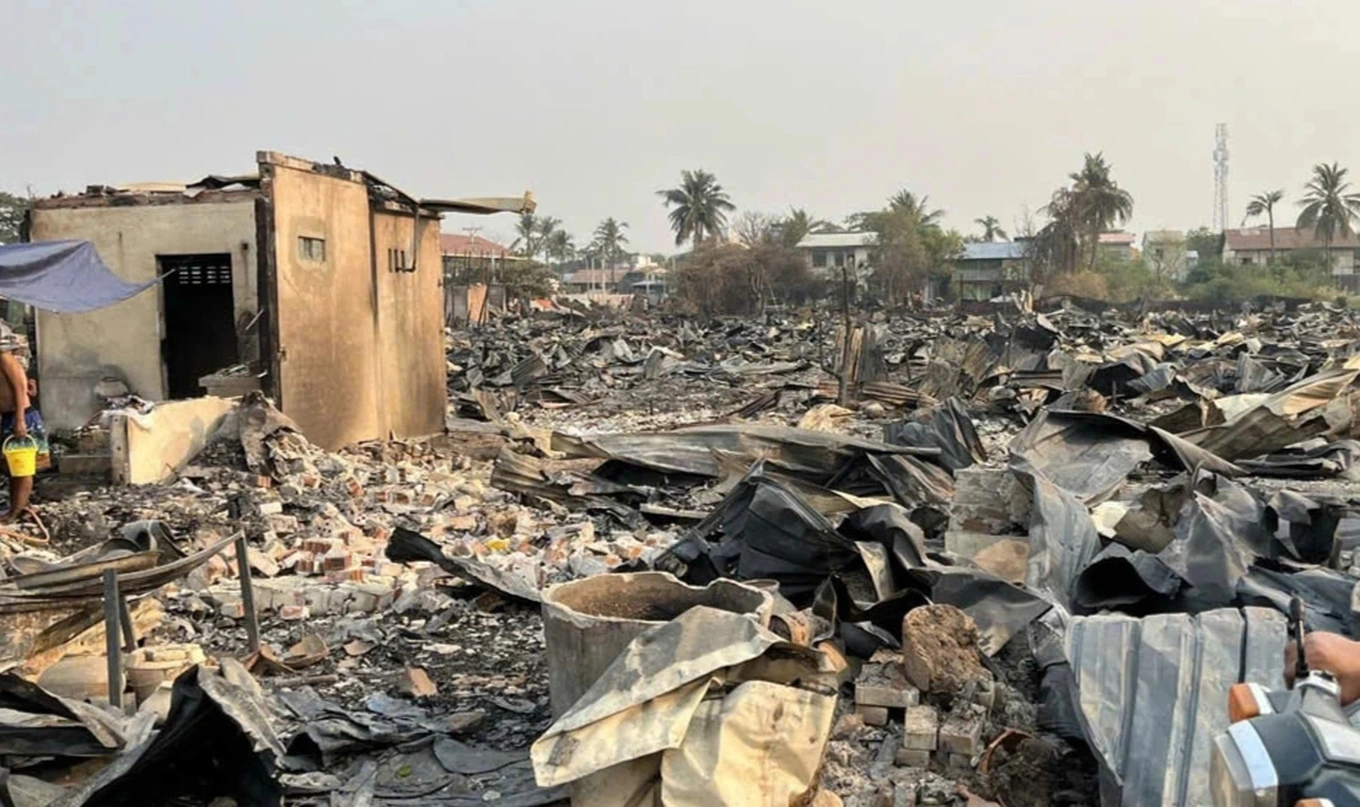

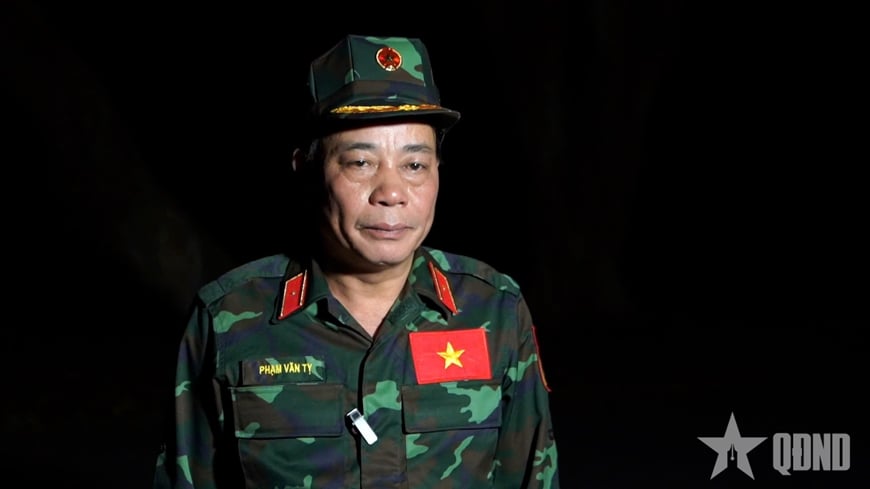



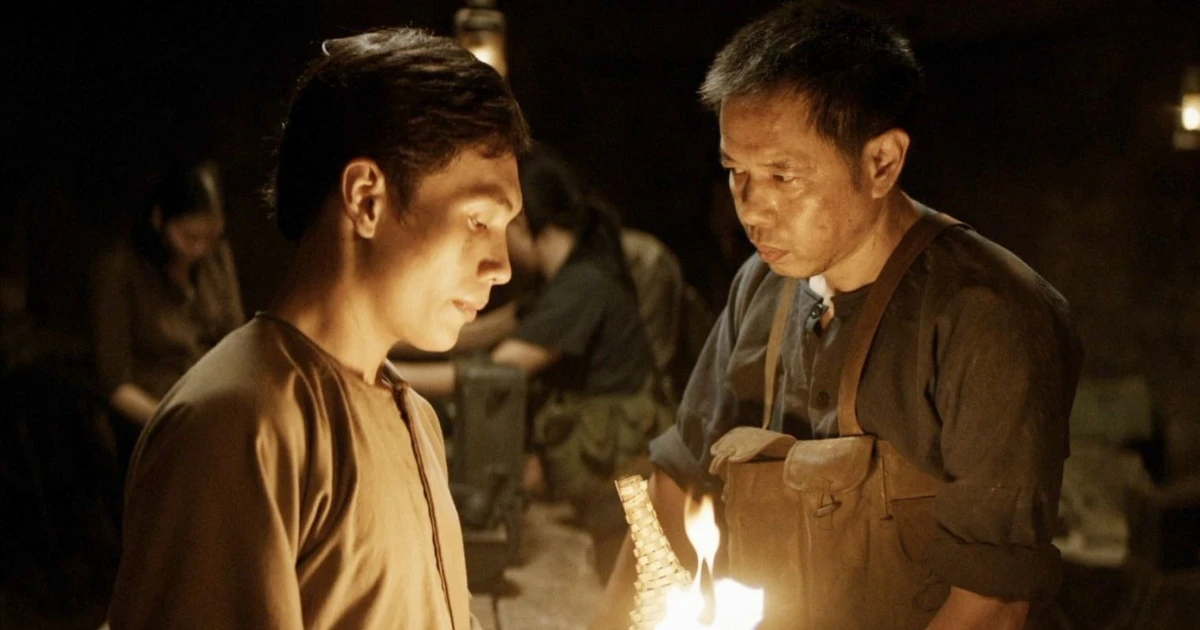
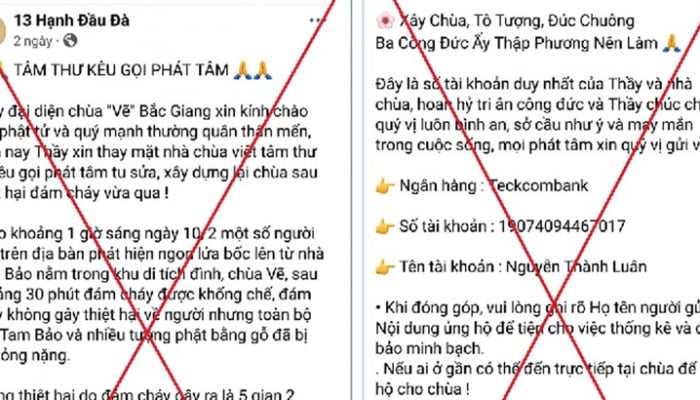
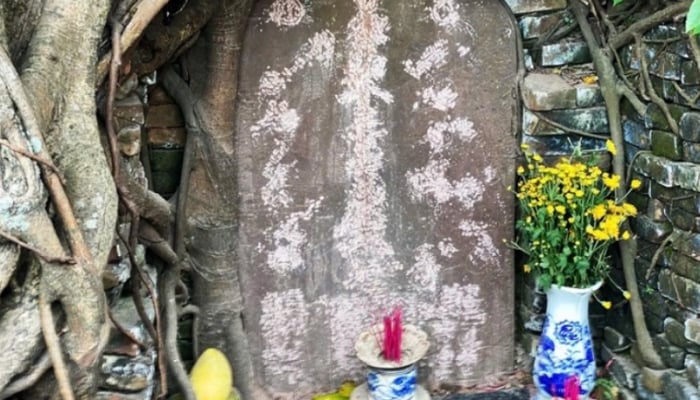


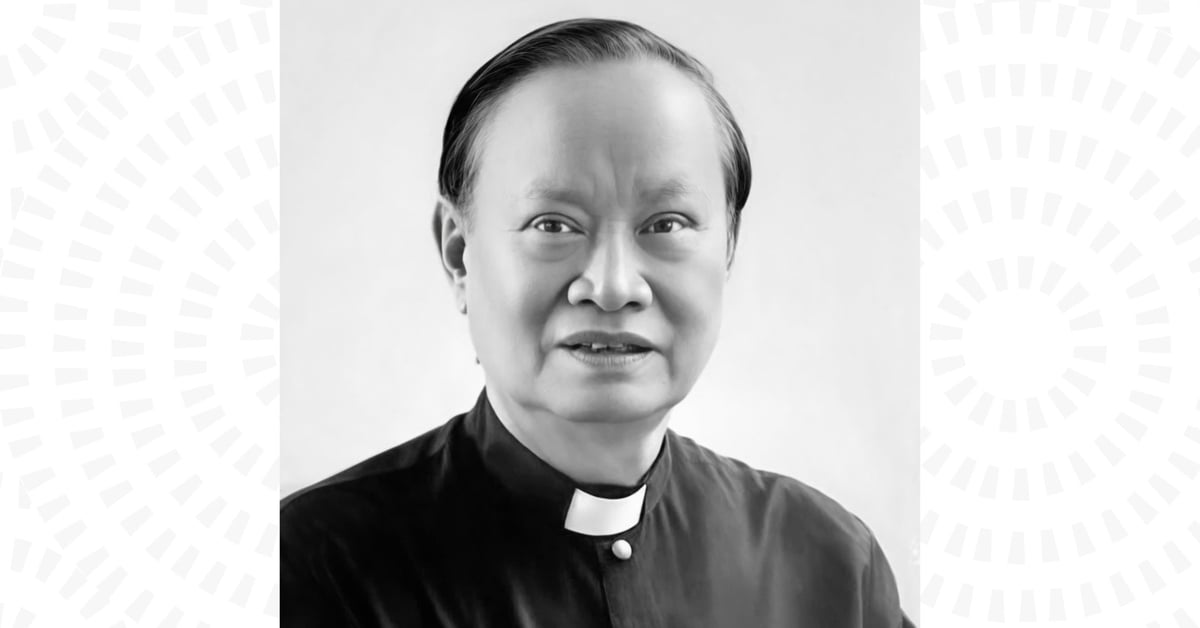




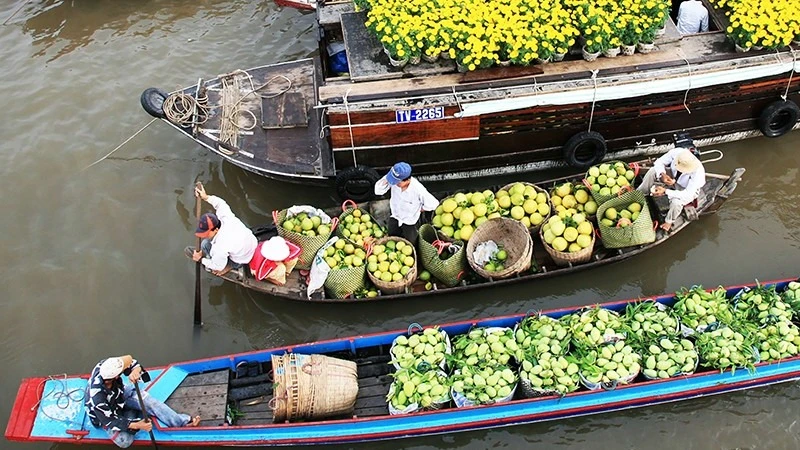
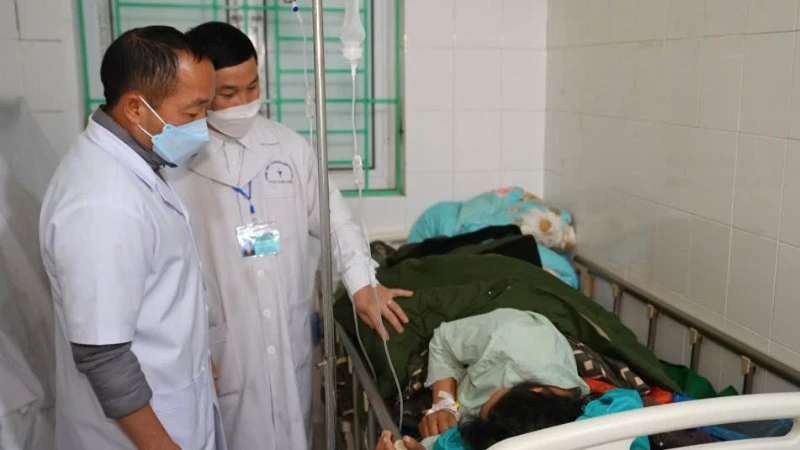
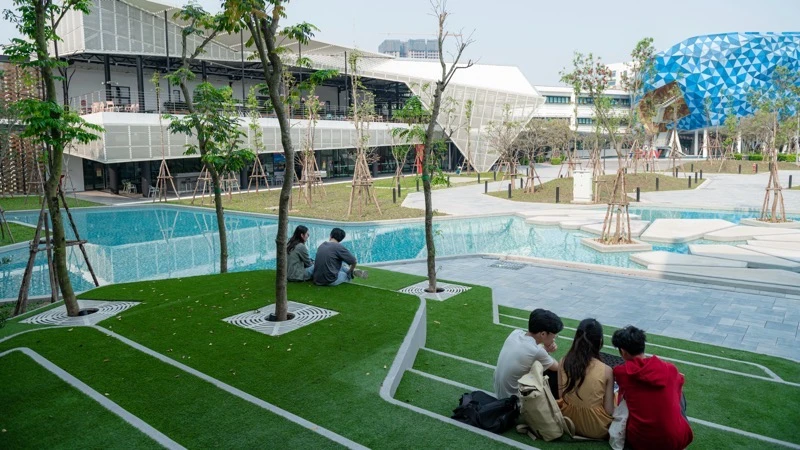
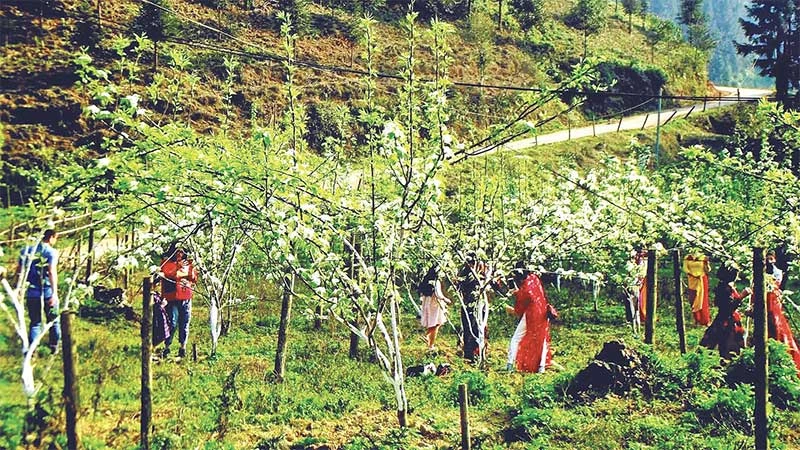
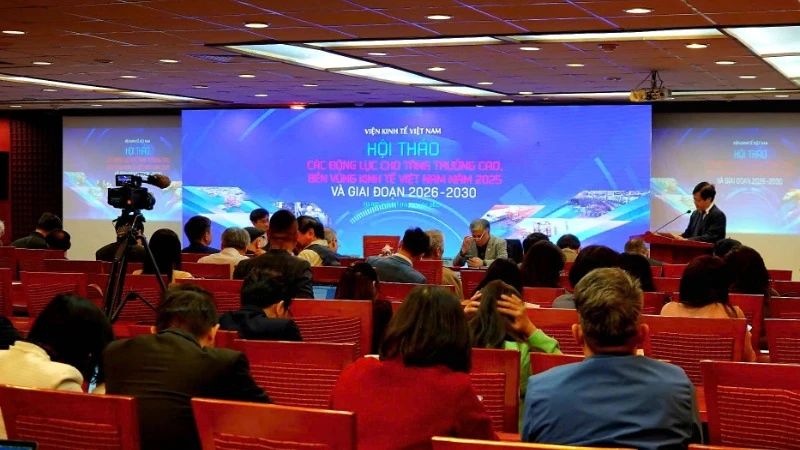


























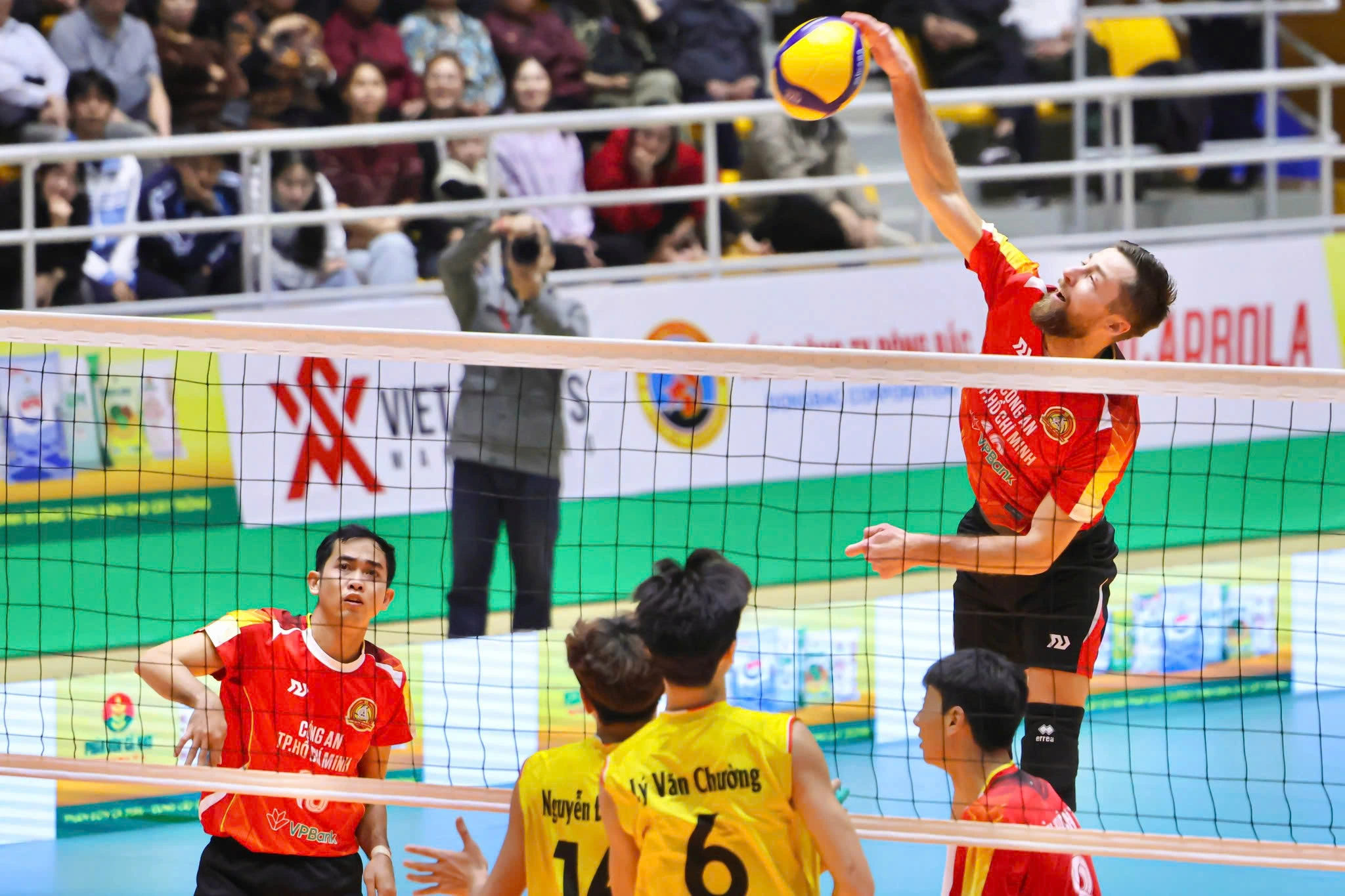






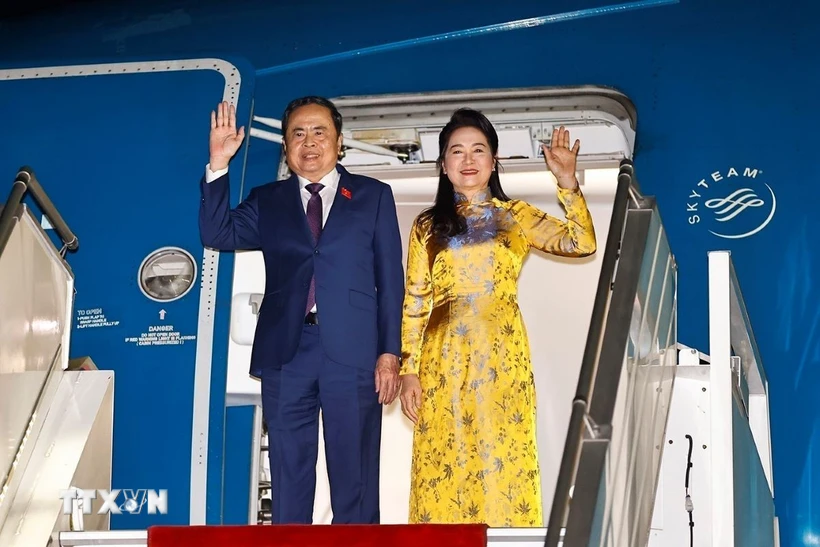






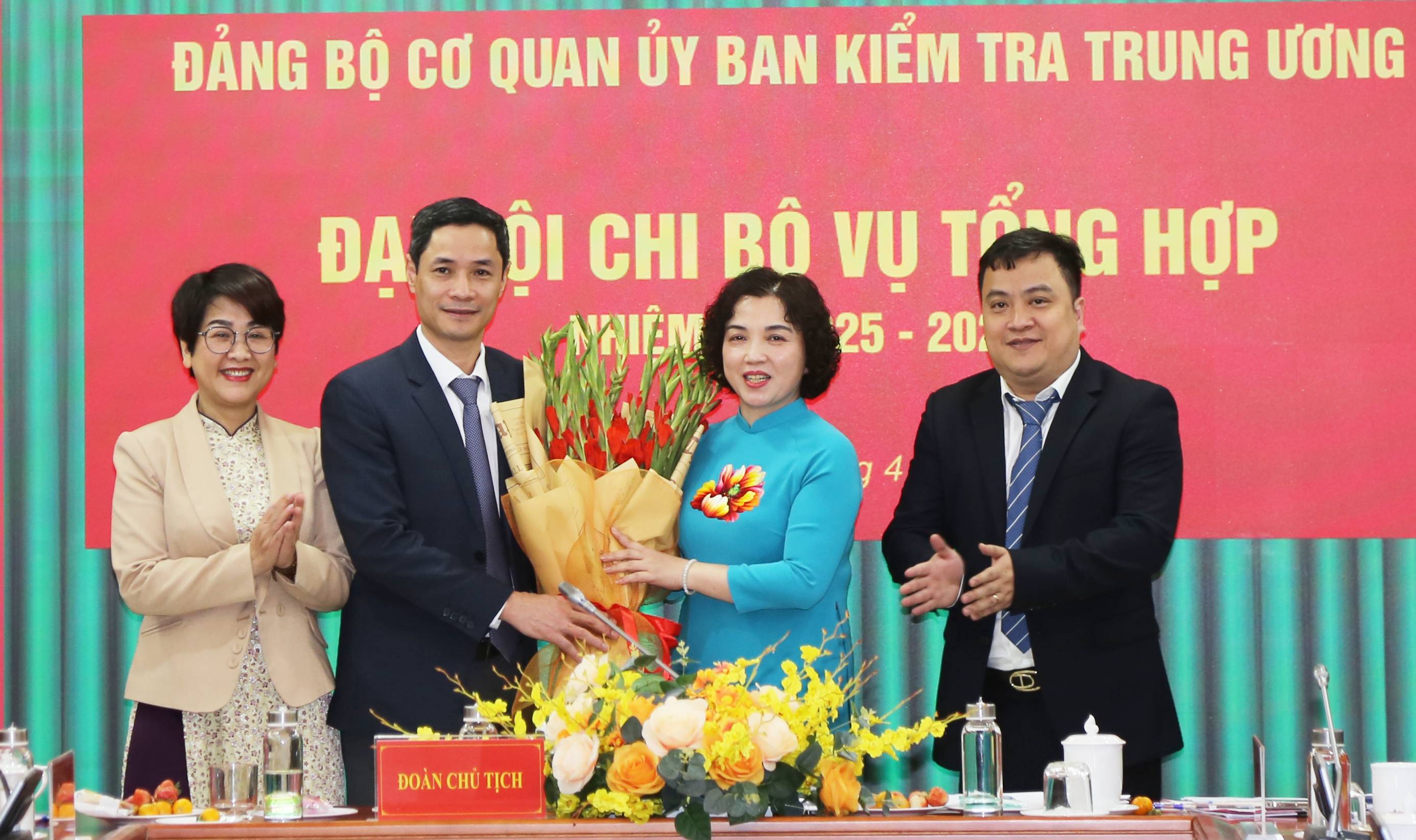



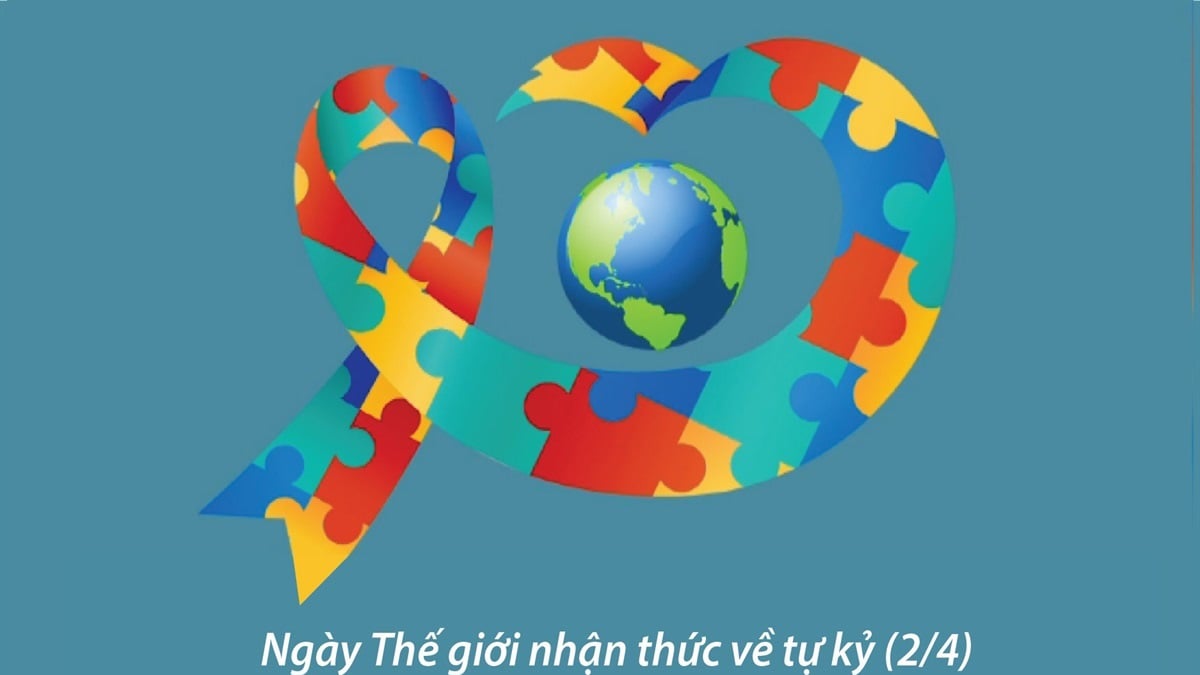


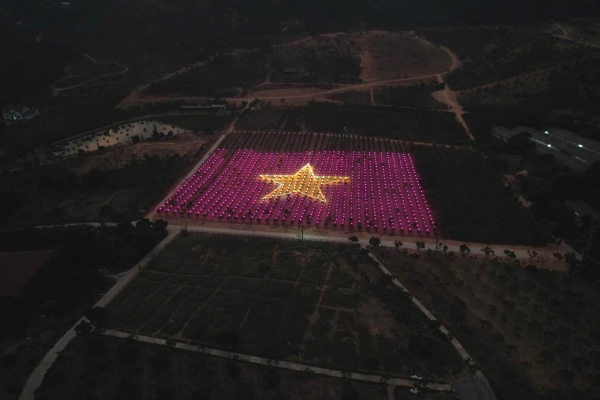

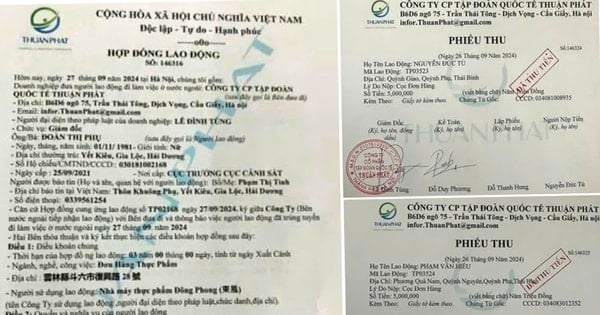














Comment (0)